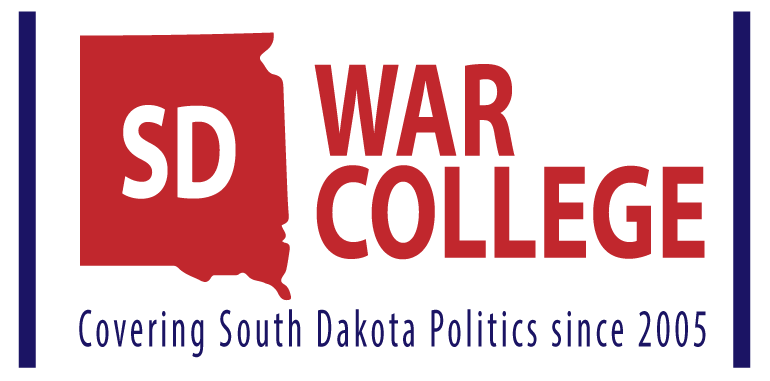US Senator John Thune’s Weekly Column: Net Neutrality Needs Bipartisan Legislation, Not More Political Theater


Net Neutrality Needs Bipartisan Legislation, Not More Political Theater
By Sen. John Thune
I support net neutrality. I support rules that prevent blocking, throttling, and paid prioritization of internet traffic. I believe these principles should guide us on Capitol Hill as we work to expand broadband access to even the most remote and rural areas of the country.
You might be surprised to learn that most of my fellow senators believe this too.
Unfortunately, manufactured controversy often gets more attention in Washington than real solutions. We have seen this in recent months as some in Congress and outside groups have shaped an ominous narrative surrounding the way we regulate the internet.
The internet is too important for partisan politics. Congress must codify widely accepted net neutrality protections through bipartisan legislation.
Instead of crafting forward-looking solutions that protect internet users and promote innovation, however, Congress will spend time on more political theater.
Rather than voting for 21st Century rules to protect the internet, we’ll be taking a show vote on whether to look backwards and re-apply rules meant for the old Ma’ Bell phone system to the modern internet.
This is a mistake, and only delays concrete protections for a free and open internet.
The misguided decision to apply regulations created in 1934 for voice telephone services to the internet—adopted on a party-line vote by the Federal Communications Commission (FCC) in 2015—has, according to the FCC, slowed investment, preventing the improvement and expansion of services to the 39 million Americans living in rural parts of the country.
The uncertainty in the future of regulation, caused by the ever-shifting political winds, means investments to connect more Americans in states like South Dakota are likely to remain stagnant.
It doesn’t have to be this way. For years, I have called for bipartisan legislation—by elected representatives, not unelected bureaucrats at the FCC—that would permanently ban blocking, throttling, and paid prioritization by broadband internet providers.
The new leadership of the FCC has given us an opportunity to do just that, by freeing the internet from outdated, monopoly-era regulations.
If the Democrats are serious about long-term protections for consumers, they should look ahead towards a bipartisan solution, rather than looking backwards and trying to reverse the current FCC’s Restoring Internet Freedom Order.
Claims that this order would mean slower internet speeds have already been rebutted in a recent independent fact check.
The bottom line is, Congress should be spending time on a permanent solution that is not subject to Washington power shakeups—one that will spur all communities into the 21st Century and encourage a new wave of American innovation and competitiveness.
Regardless of how the Senate votes this month, the Congressional Review Act (CRA) effort will not provide Americans with lasting protections for the internet. If anything, the tempest over the CRA has stalled conversations among legislators on both sides of the aisle who have demonstrated eagerness to come together and find a bipartisan solution.
Once the latest showdown is over, we should set aside the fear mongering and manufactured hand-wringing and get to work on a solution that ends this debate and protects the economic engine of the internet for generations of Americans to come.
###





 On a personal note, I wanted to wish a Happy Mother’s Day to my wife Michelle, who just a week ago was hooded at the University of South Dakota 2018 Commencement as Dr. Michelle Powers.
On a personal note, I wanted to wish a Happy Mother’s Day to my wife Michelle, who just a week ago was hooded at the University of South Dakota 2018 Commencement as Dr. Michelle Powers.








